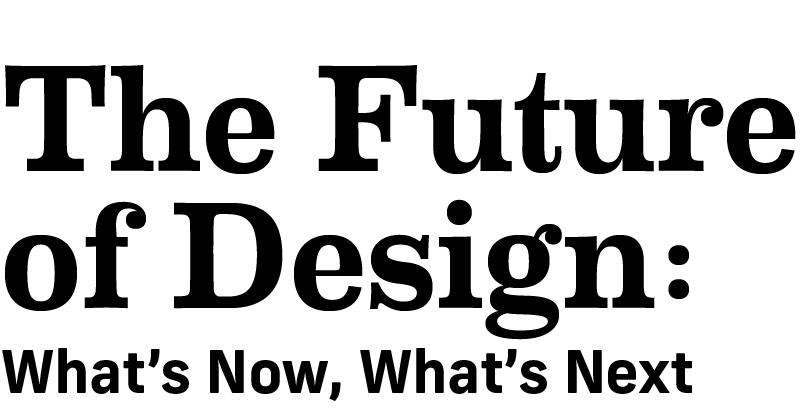It wasn’t too long ago that senior living projects included business offices or computer labs with one computer, or libraries with volumes of books for residents to spend time sitting and reading, recalls Paul Stegenga, principal, CDH Partners, Inc. (Marietta, Ga.).
Fast-forward to 2015 and seniors are looking for cyber cafes, bistros, and community-wide Wi-Fi where they can stay ever-connected to their iPads, laptops, and smart phones.
Others residents might be less tech-savvy but are still looking for the ability to video chat with family members or talk to their doctors via email or virtual appointments. There’s also the care side of the spectrum, where the emergence of electronic medical records (EMRs) and other medical technology is changing the way staff and doctors do their jobs.
“If you're connected to your parents or to your children the quality of your life is enriched,” says Stegenga. “If the caregiver knows through your EMR that you have an allergic reaction to a certain medication that will improve the clinical aspect of your life.”
This is driving a new conversation about resident and staff needs, approaches to technology integration, and flexible design techniques. At the Environments for Aging Conference in Baltimore next month, Stegenga, Erin West, associate, architecture studio, CDH Partners, Inc., and Josh Crews, associate, architecture studio, CDH Partners, Inc., will dive deep into this topic during their session “Senior Living for the Digital Age.”
On the back end, Crews says facilities need to start thinking about the need for a robust infrastructure that’s ideally in place before residents move in. With the use of Wi-Fi and availability of several data storage options, such as cloud-based services, construction costs can be lower since facilities are no longer looking to build large server rooms or install miles of cabling and juncture boxes. But owners can expect the cost of the owner-provided equipment to increase, such as a grid of wireless antennas, Stegenga says.
On the front end, Crews says communities are rethinking spaces to include cyber cafes or open kitchen concepts to become a hub of activities for residents and staff. “You’re not just sequestered into a business office with the door closed and looking at a screen,” he says. “There are things moving and happening around you.”
With all of these devices and technology systems finding a home in more senior living environments, West says another area that’s important is a help desk to offer tech support to residents learning how to Skype as well as to handle issues that may arise on the back-end.
“Technology isn’t its own silo anymore, it has to be incorporated into everything that we do,” Crews says. “It’s its own over-tone to a lot of the design applications.”
For more on the Environments for Aging Conference in Baltimore, April 18-21, including session descriptions and registration details, visit EFAconference.com.









